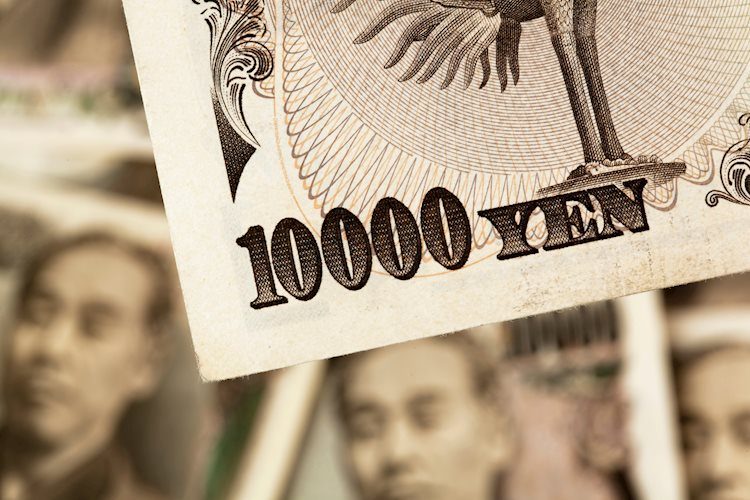The Japanese Yen (JPY) is facing downward pressure against the US Dollar (USD) as traders anticipate the Bank of Japan (BoJ) to delay further rate hikes. Traders are closely monitoring the BoJ Meeting Minutes, which highlighted a consensus among members on the need to remain vigilant regarding inflation risks. The BoJ is expected to carefully consider its next moves in terms of monetary policy, with some members suggesting a moderate adjustment to monetary support.
On the other hand, the US Dollar is experiencing downward pressure due to rising odds of further interest rate cuts by the US Federal Reserve (Fed). Markets are pricing in a 50% chance of a total reduction of 75 basis points by the end of the year. Traders are eagerly awaiting the release of the US Gross Domestic Product (GDP) Annualized for the second quarter, which may provide more insights into the economic outlook and potential monetary policy decisions by the Bank of Japan.
Federal Reserve officials have expressed varying opinions on the need for further interest rate cuts, with some advocating for additional cuts if inflation continues to ease, while others prefer a more conventional approach with smaller adjustments. US economic indicators, such as the Consumer Confidence Index falling in September, may influence the Fed’s decisions moving forward. However, the BoJ has indicated that there is no urgency to raise interest rates again, citing Japan’s deeply negative real interest rates stimulating the economy.
In terms of technical analysis, the USD/JPY pair has broken above a descending channel, indicating a potential shift in bearish sentiment. The pair may explore higher levels around its six-week high, but could face support at the upper boundary of the descending channel. If the pair reverts back to the channel, it may target lower levels. The fluctuation in the Japanese Yen’s price against other major currencies today shows its strength against the US Dollar.
The Reserve Bank of Australia (RBA) plays a crucial role in setting interest rates and managing monetary policy for Australia. The RBA aims to maintain price stability, contribute to the stability of the currency, achieve full employment, and promote economic prosperity. Factors such as inflation, macroeconomic data, and quantitative easing influence the value of the Australian Dollar (AUD). High interest rates strengthen the AUD, while QE and QT impact the currency as well.
In conclusion, the Japanese Yen is facing challenges amid expectations of delayed rate hikes by the BoJ, while the US Dollar is under pressure from potential interest rate cuts by the Fed. Traders are closely monitoring economic indicators and central bank decisions to gain insights into market movements. As global economic conditions continue to evolve, the currency markets remain dynamic and responsive to changing monetary policies and economic data.









